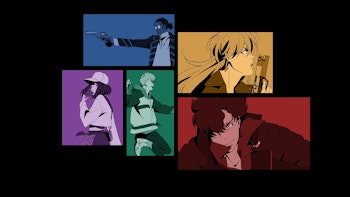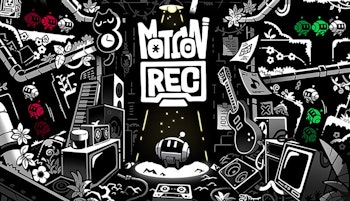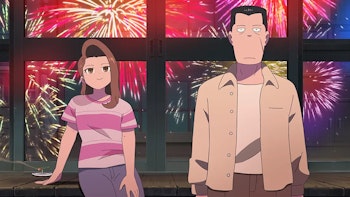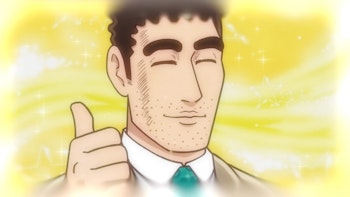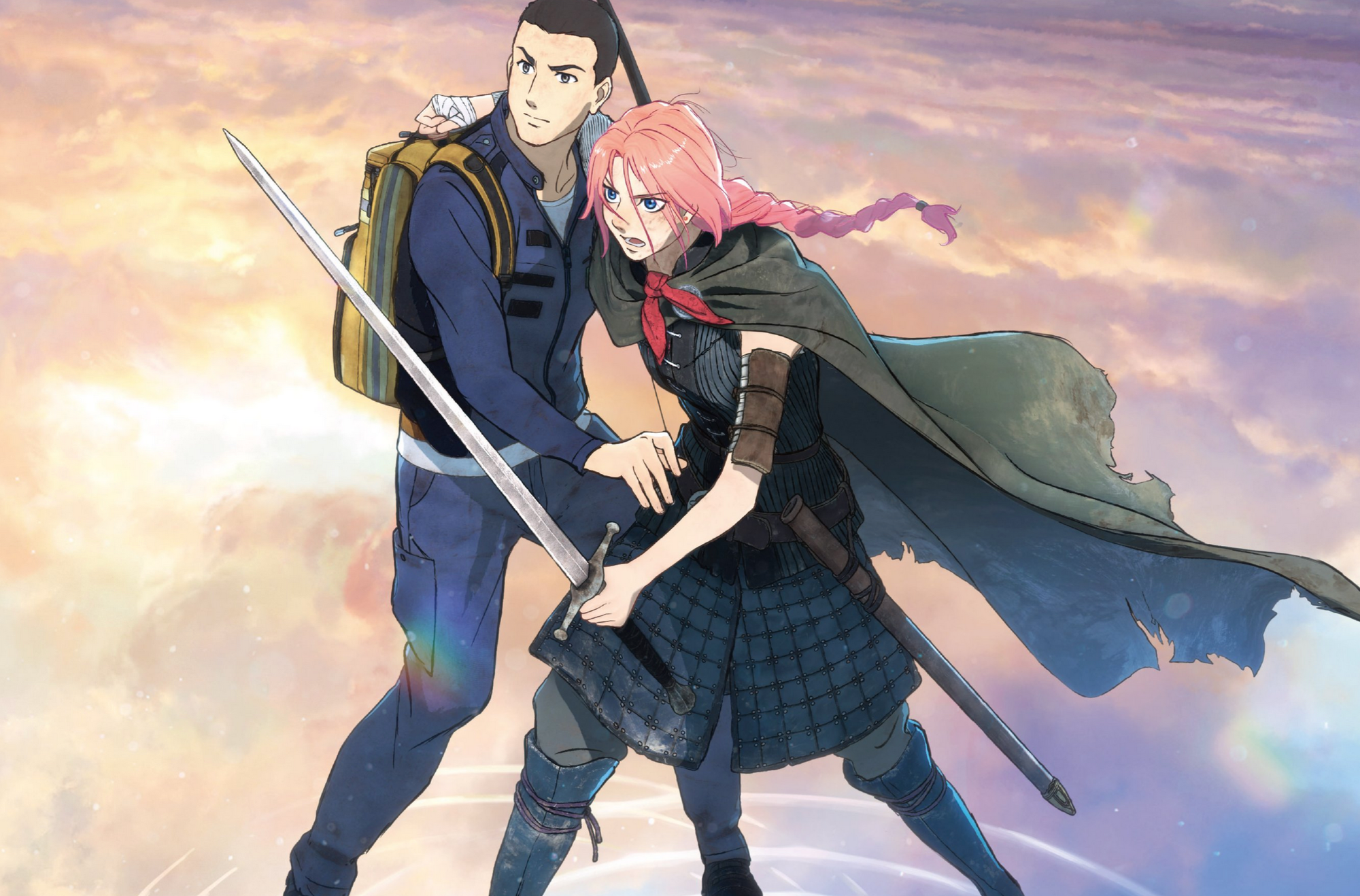
Just before the halfway point, Scarlet, the 16th century princess in search for revenge for the murder of her father after falling into the afterlife failing at the attempt to murder the instigator of the coup, is injured and blacks out in a fight in this land of the dead. The 21st century paramedic Hijiri helps her. During this, she dreams of a moment where both a person that looks like her, dances in the middle of Shibuya Scramble with this man she once barely knew, behind her situating a huge cheering and dancing crowd lining the planned final exterior of Shibuya Station once planned redevelopment of the station finally concludes in 2030.
They start dancing for roughly four minutes to a jaunty, out-of-left-field preppy J-Pop tune completely removed from the tone of the movie or its setting up to this point, but the moment nonetheless inspires her, somehow. She cuts her hair, ready to move forwards. This Scramble dancing scene is currently being used as marketing for the film in collaboration with Spotify.
There’s been an undercurrent of uncertainty surrounding Scarlet’s release that’s unusual for a film from a director such as Mamoru Hosoda. After all, these films are typically events! He’s the only Japanese director outside of Studio Ghibli to be nominated for an Oscar with Mirai, and the only director beyond those deriving from that studio (and Makoto Shinkai) that a lay person both inside and outside Japan could immediately name. Yet even from Japanese fans, the sudden tonal shift in Scarlet compared to his past works have left many questioning what the intent is within this gritty historical-fantasy setting peppered with modern-day isekai trappings.
When your works are usually universal and easy-to-understand from a single image alone, it’s worrying when no one is quite sure what you’re trying to do after watching trailers. Unfortunately, what could have been an audacious twist on Hamlet blending allegory about war in the Middle East, particularly the ongoing Israel-Palestine conflict, with questions on forgiveness and endless violence is, frankly, a mess.
In 1500s Denmark, Claudius wishes for the murder of his brother, the king, in order to assume the throne and instill his will upon the people. Problem is, he can’t due to the king’s popularity. His only way he can assume power is to frame the king of conspiring with another nation, allowing for his willing execution at the hands of a baying population. Merely a kid at the time of their father’s death, Scarlet sets out at this moment on a single-minded plot for revenge, seemingly getting their moment to poison his drink at a formal party. Yet a switch-up as the plan is foiled leaves her with the poison, sending her to the Otherlands where the exploited and struggling, alongside the power-hungry, are trapped in a purgatory they can’t move on from. Perhaps Scarlet can find to inspire those similarly-wronged to a new future.
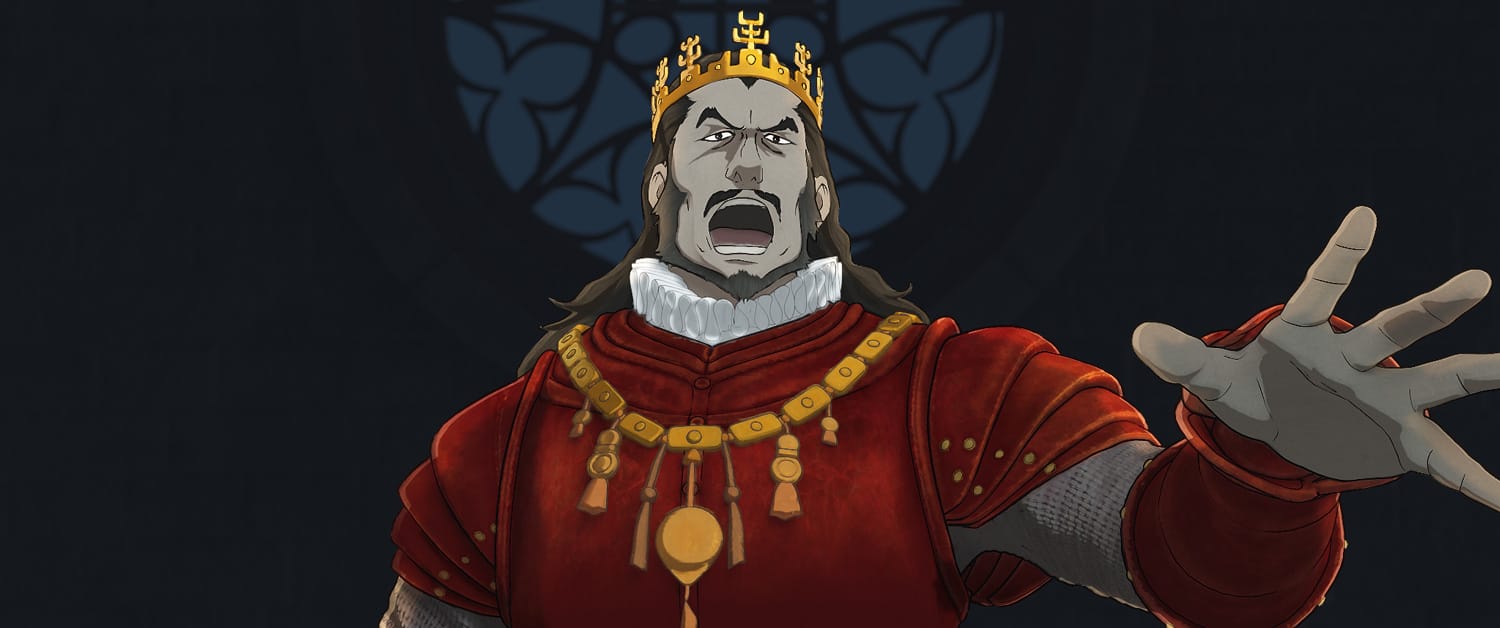
It doesn’t take much to piece together what is being questioned in this very-loose but certainly-noted take on the Shakespeare play. Whether it’s in the Hawaiian natives who were victims in colonialism or the coded-Middle Eastern poor and downtrodden exploited and suffering at the hands of a group who don’t view them as human and often kill them just for existing, the film sees a sense of camaraderie in the shared struggles to exist for these persecuted people have. Perhaps there’s a way to come together to enact justice. This naive approach to these complex histories is where the problems only begin, oversimplifying such conflicts and traumas for sentimentality.
To be more blunt and harsh, the film is nothing but thoughts and ideas without a story to give them meaning and intent. Characters are not a thing in this film, nor are their cultures or anything that actually holds meaning. Remnants appear, sure, but they are little more than a device to trigger the next moment, ironically stripping these histories of their humanity in an attempt to put them on screen. I would say they live to serve Scarlet’s own journey, but it too feels like an excuse to trigger scenes that in a well-structured film would culminate in something meaningful that isn’t a wishy-washy collection of well-wishes without substance to give them a unifying message or journey to conclude.
At best it suggests everything can be solved by simply forgiving and working together for a new future. This problem stems from Hijiri, the modern-day doctor she meets, a pacifist to a fault that believes even with weapons racing down their throats that setting a blade on another will save them regardless of the logic or danger. His entire existence is a plot convenience: a doctor with the power to use a bow, a city man with the survival skills of a desert adventurer, and a meaningless story of accepting a death that itself has no thematic ties to the movie but sure is supposed to feel emotional in how its played-up repeatedly throughout the film.
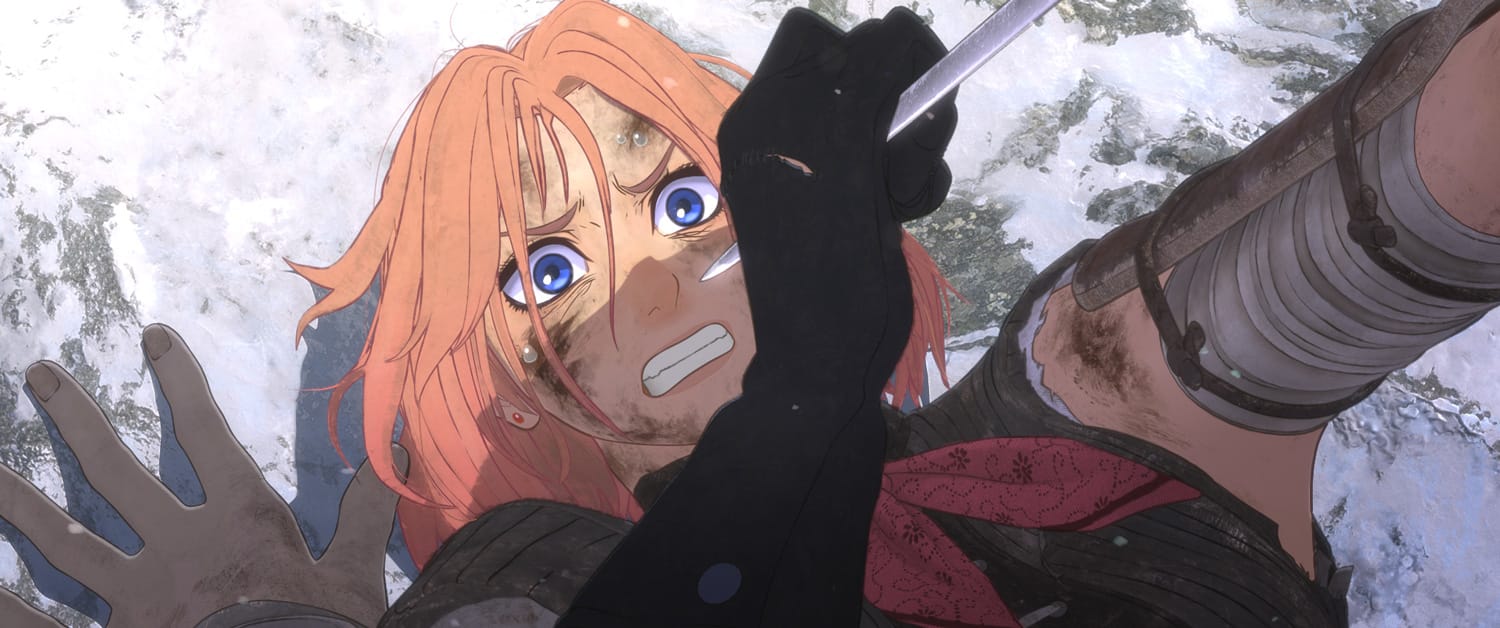
In Scarlet, no character will learn to develop their views. Events will occur that lead everyone to their eventual narrative end. They will lead Hijiri to face their death and see times when intervention is necessary to save the people they care for, they will lead Scarlet to forgive and forge a new path. To learn, however, would require either character to be active participants in their stories. Scarlet has no characters, idea, stories, themes, morals, emotions, merely the mirage of these things and the events that typically represent them haphazardly thrown into whatever can pretend to be a movie. It’s a disservice to the lives and cultures they chose to highlight for a story that wishes oppressor and oppressed could just come together, without probing deeper on the questions it itself chooses to introduce.
Worse, for a director usually known at least for great visual storytelling and animation, his jump to a mostly-CG animated feature only weakens this story further. Large crowds of CG dancers during the supposedly-pivotal Shibuya dance sequence or in large-scale action sequences look worse than the techniques being developed in TV anime like Girls Band Cry and even below the quality of Hosoda’s own prior films. It’s made only more noticeable by how much CG anime has improved in recent years through the pioneering work of studios like Orange. It feels dated.

I highlight this Shibuya scene as it best summarizes the film’s faults. At best, Scarlet’s approach to these complex modern issues is irresponsible and at worst oblivious and uncaring. Scenes like this are an attempt at a bold subversion to shift the way you view these characters, and instead completely strips the film of its chance to more sincerely share an idea on how to address these issues. At least it could be ripped out the film for advertising, though, which feels more the scene’s purpose, and it’s not the only time this feeling rises to the surface.
It would be easy to say that Mamoru Hosoda is merely a director unable to capture the glory of his earliest films since breaking with his long-time scriptwriter collaborator Satoko Okudera to start writing his own scripts starting with Boy and the Beast. After all, she’s working on films like Kokuho while he’s releasing not just his worst film to date, but one of the worst-written animated films I’ve seen in the last few years. I don’t think he’s incapable of writing good stories on his own, visible in how even his last film, Belle, is a genuinely entertaining experience. The issue runs much deeper: Scarlet is not just poorly-written, it’s ill-advised on the subjects it chooses to explore, can't find anything worth saying, and isn't even entertaining in the process. It’s a failure by all metrics.



